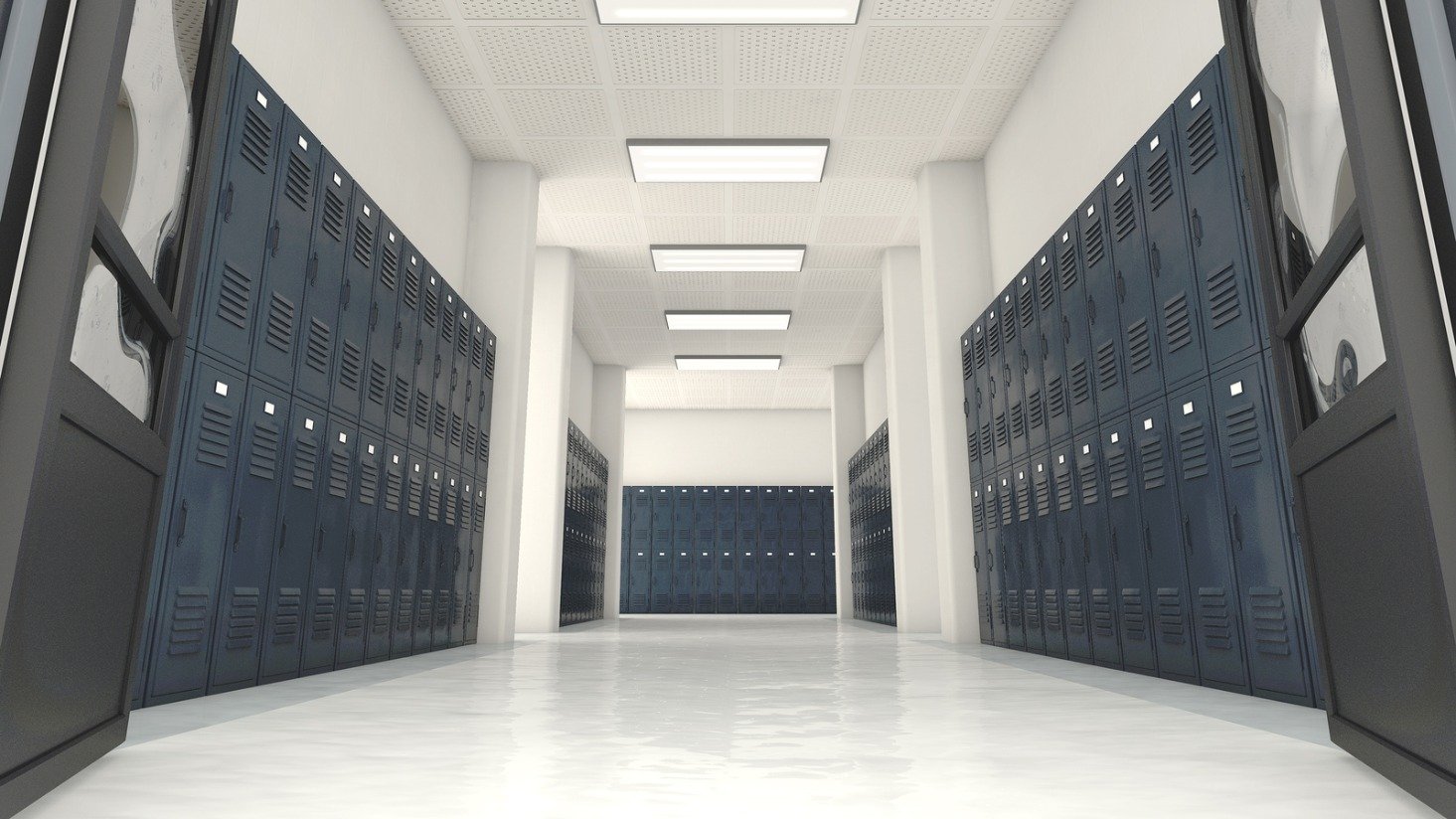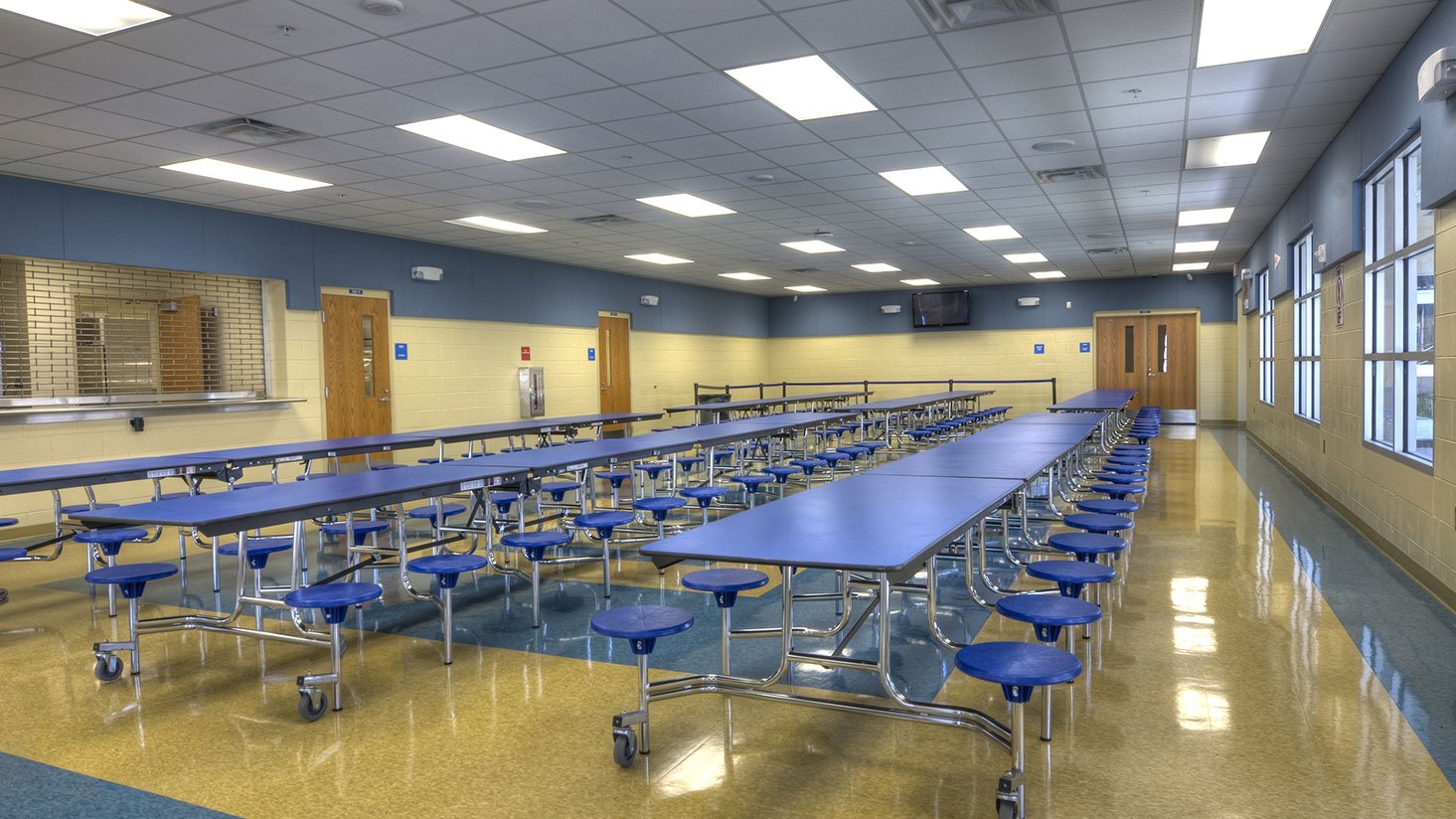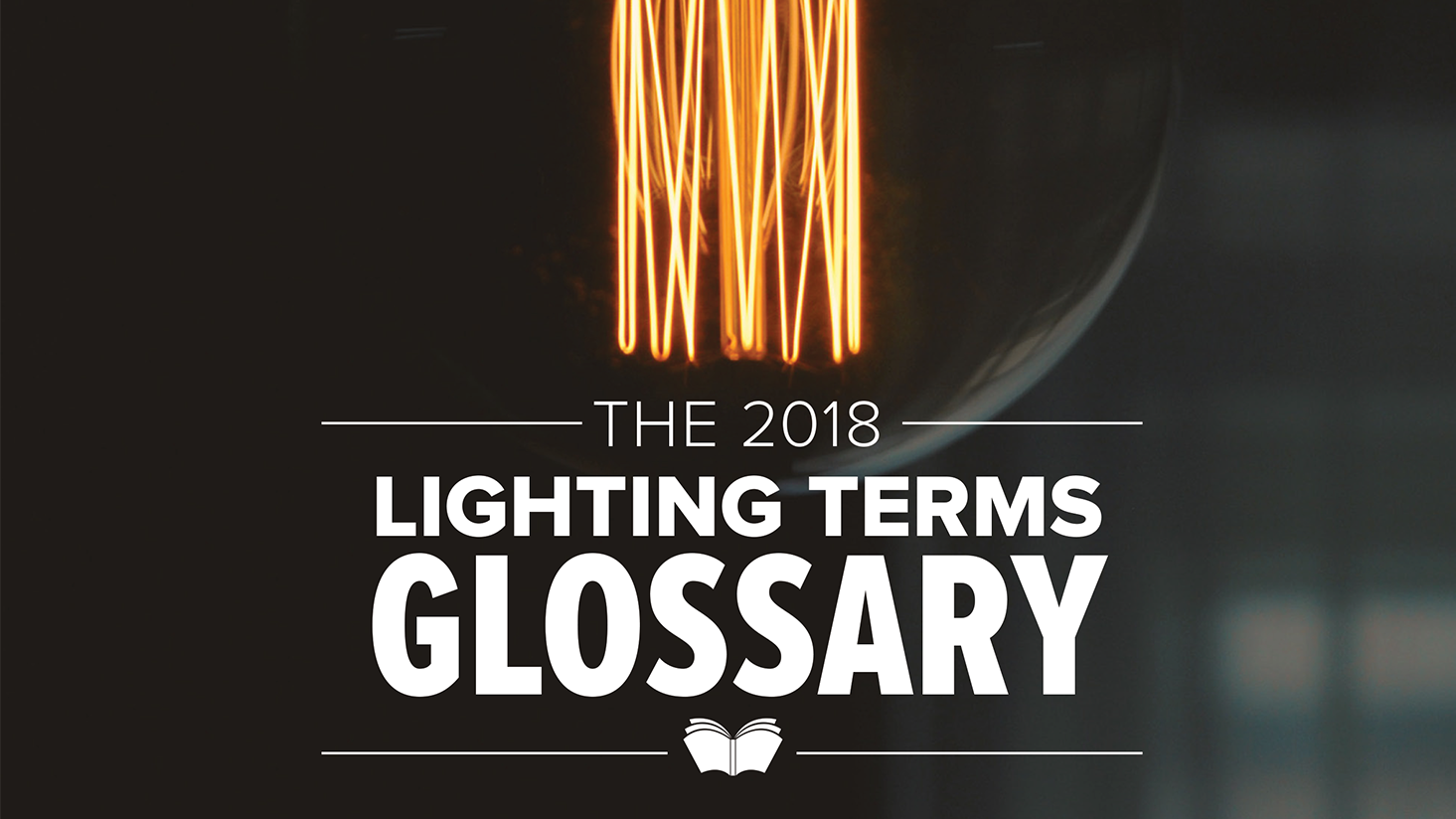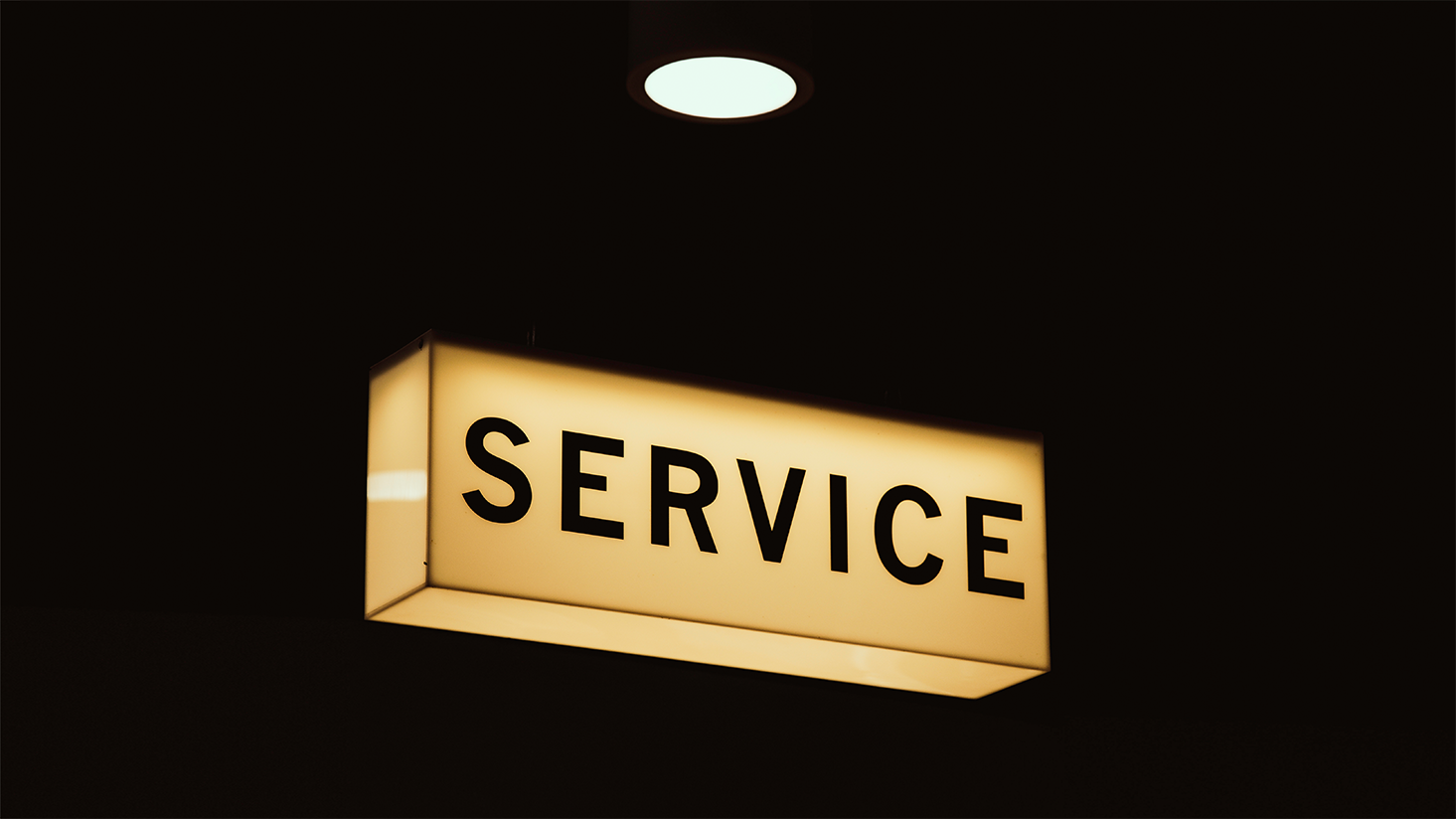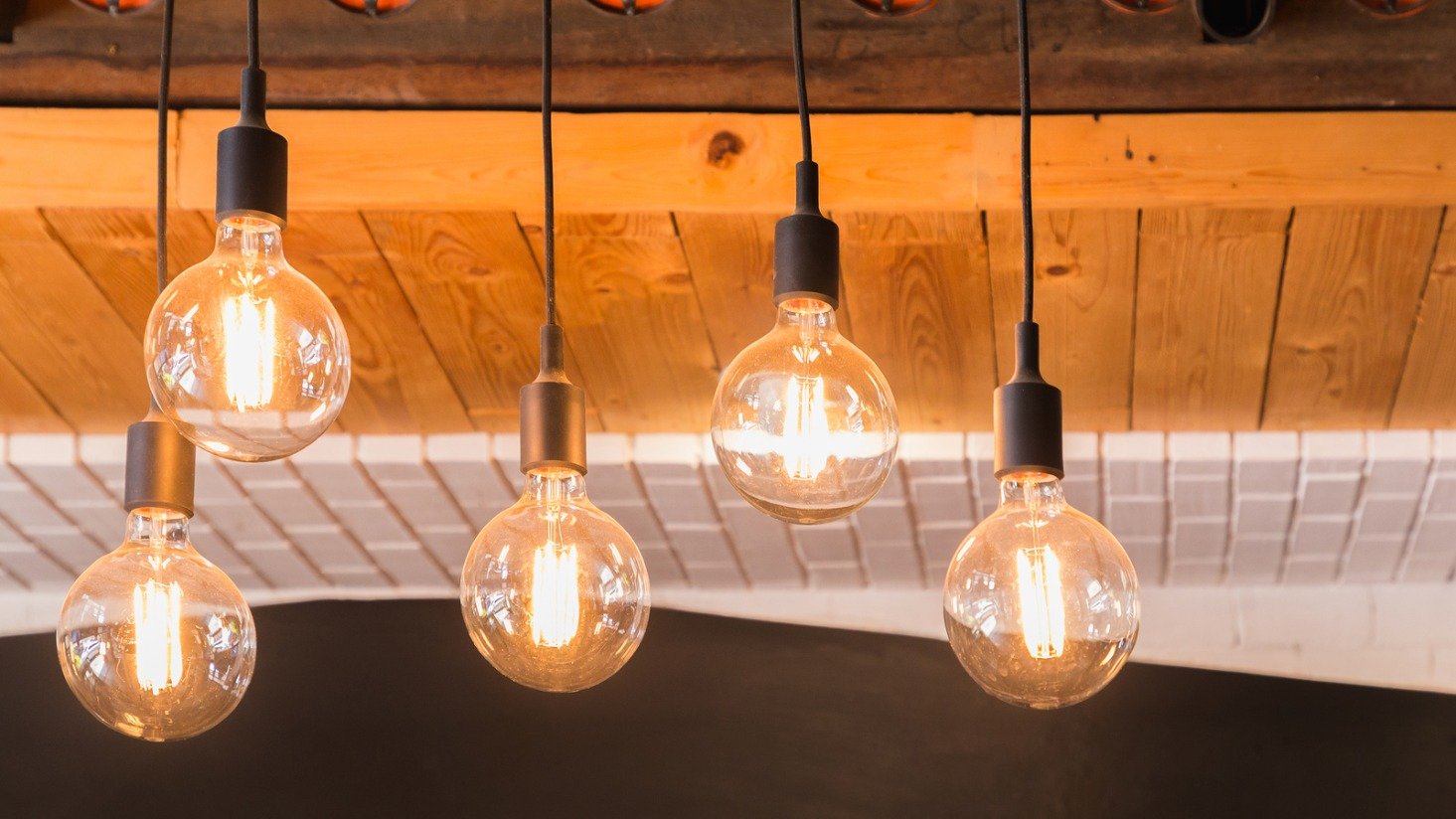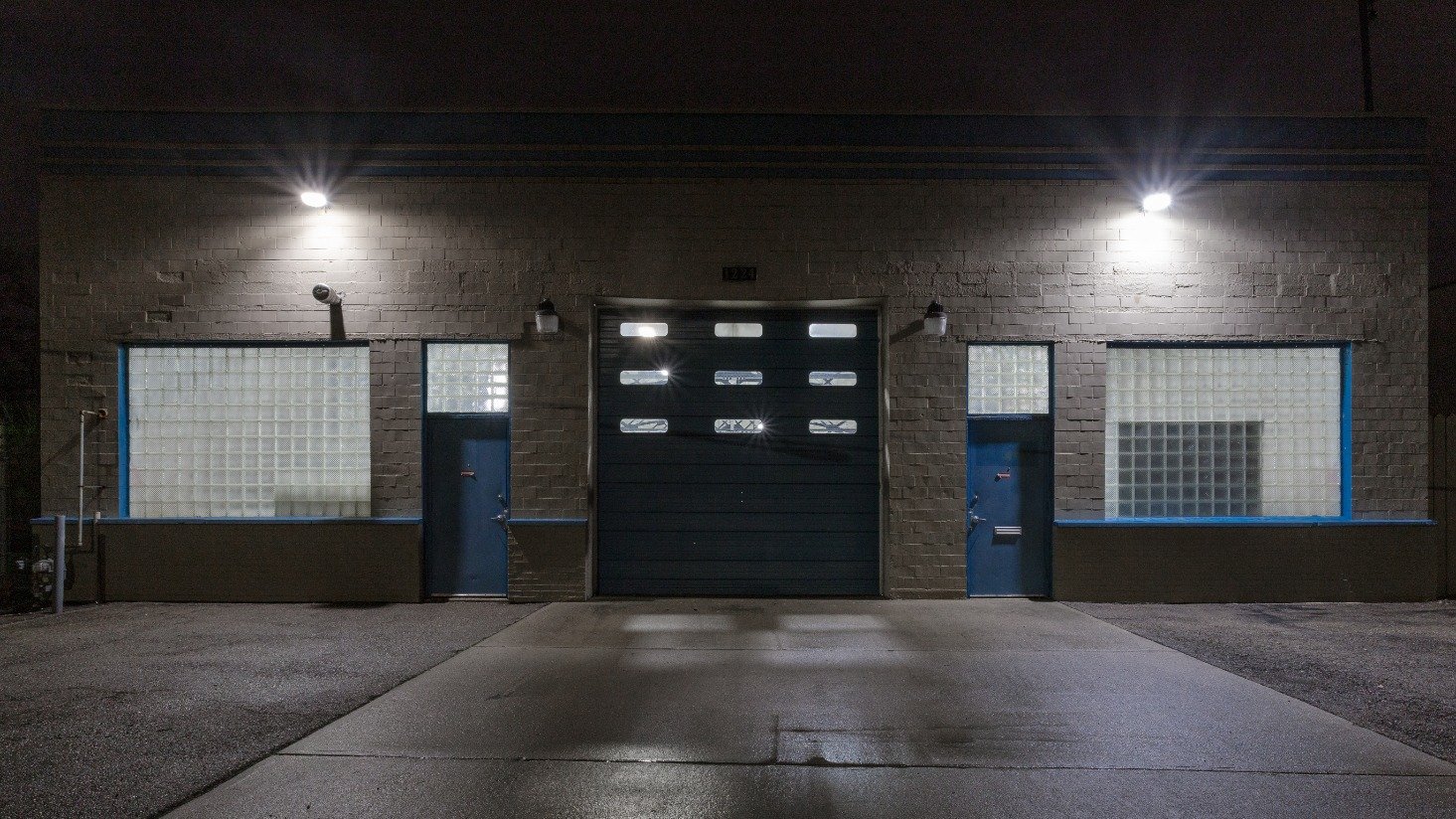4 ways to create more energy-efficient schools
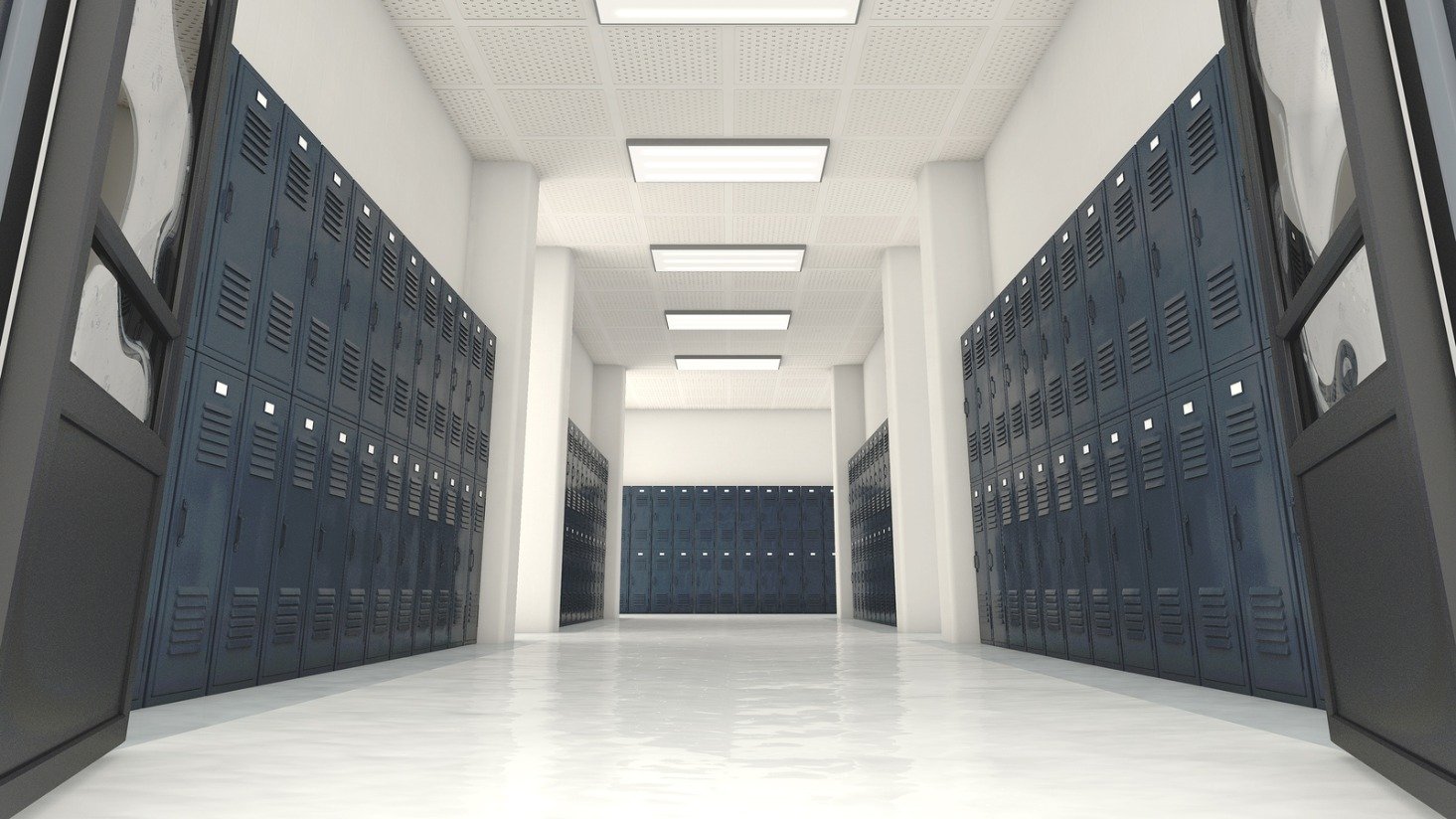
The headline of this article might make you scratch your head a little. Schools are essential – and so are the major systems that help create and promote learning environments. How can they become more energy efficient?
Creating a healthy learning environment for students is a top priority, but there may be costs that are out of your control. We understand that's tough to balance.
Budgets are more important than ever. The EPA estimates that schools spend $75 per student on gas bills and $130 per student on electricity bills. The only thing school districts spend more money on is salaries.
We're exploring four ways to meet the needs of students and the needs of the budget. The result is a more energy-efficient environment for schools.
1. Upgrade lighting
We’re a lighting company so it’s no surprise this is our first choice. However, upgrading lighting is a low-cost initiative that can translate to real energy savings. Lighting systems can account for up to 40% of a building’s total energy use.
The EPA lists several ways to improve lighting energy efficiency in schools:
- Lighting design. Are you utilizing lighting in the best way possible throughout the school? Are there areas that are over-lit or under-lit? Looking at the overall lighting picture may give you a few areas to focus on and rework for energy efficiency.
- Lamp and ballast efficiency. This option involves assessing your current light fixtures and light bulbs. LEDs are much more efficient than any other type of lighting, so it's always great to upgrade to LEDs. However, if that's not in the budget, you can start by replacing T12s with T8s and incandescent light bulbs with CFLs. Small changes will still amount to savings.
- Lighting controls. Lighting controls are a great addition to other lighting upgrades. No one wants to light an empty room, so make sure you start by installing lighting controls in areas that are not used as frequently as others, like gyms and cafeterias.
- Maintenance schedules. Getting on a maintenance schedule is a great way to make sure your lighting stays up to date and energy efficient. You can create schedules for group re-lamping (replacing multiple light bulbs at the same) and fixture cleaning.
If you upgrade lighting, you'll likely notice other perks besides energy efficiency. Exterior lighting upgrades, like in parking lots or parking garages, can improve safety.
2. Improve HVAC system
Since summers are getting shorter for a lot of schools districts, it's very difficult go without a reliable heating and cooling system. It's also very likely you have high electricity bills.
Here are some tips to make sure you're balancing energy efficiency with the needs of students and staff:
- Upgrade system components. Sometimes, there is no need to upgrade an entire HVAC system. Fixing smaller components may help you get to the benchmark you want. As a standard practice, it's best to replace a system that's more than 15 years old. Older systems can use up to 20 percent more electricity.
- Optimize design. Similar to lighting, you want to make sure you have the right heating and cooling plan for the school building. Using a system that's too small causes the system to work too hard. Using a system that's too large could be a waste of energy.
- Create a thermostat network. Placing thermostats on a network or a program will ensure consistency across the building. You should also monitor areas not frequently used, like gyms and cafeterias.
Better heating and cooling systems contribute to better air quality, plus less maintenance for a facilities team.
Ready to buy more energy efficient lighting? Sign up for a business account to receive discounted pricing.
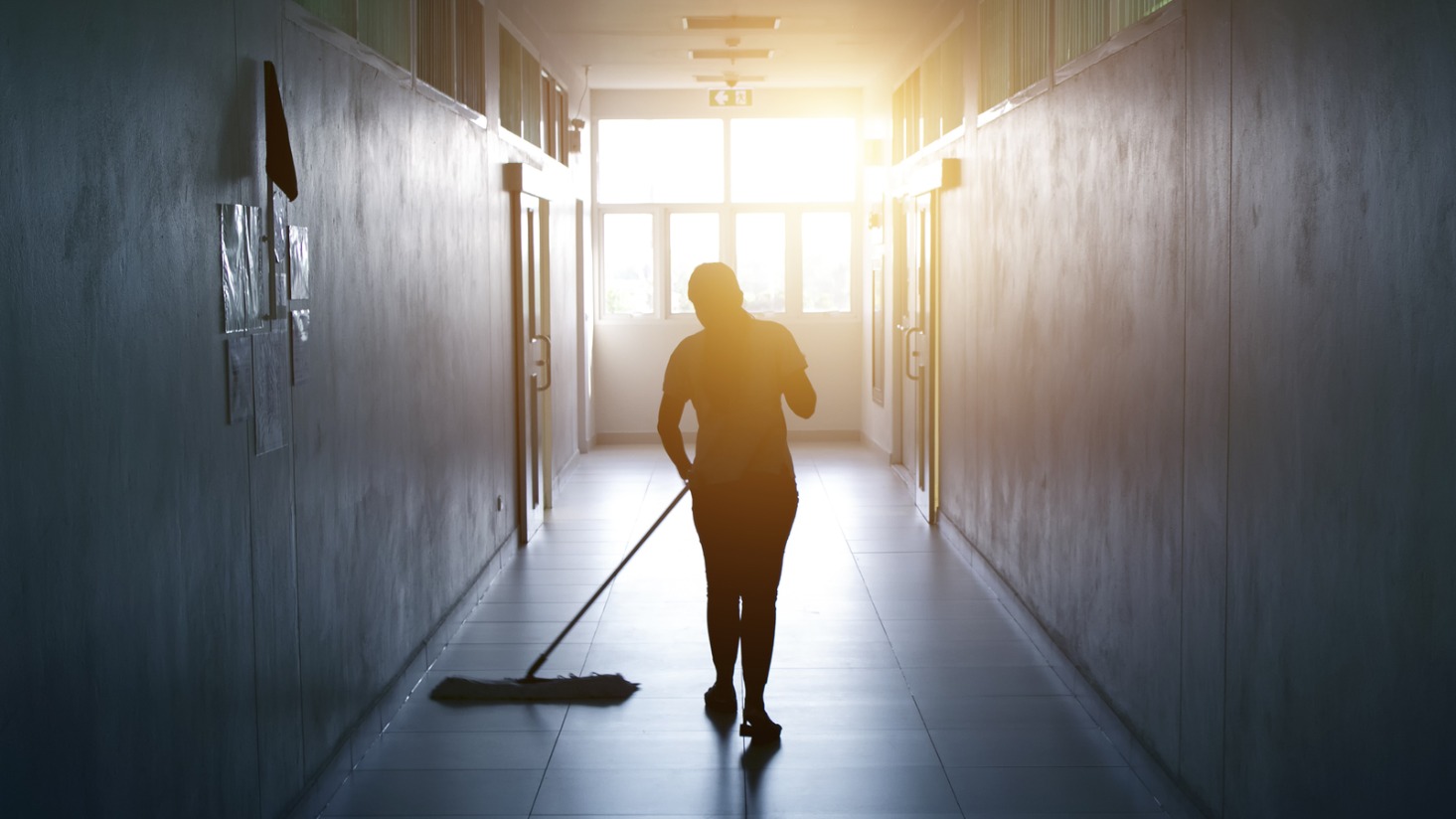 3. Recommissioning and LEED
3. Recommissioning and LEED
We're grouping recommissioning and LEED into the same category, but they have different uses. Recommissioning is a practice for existing buildings. LEED certification is goal for new buildings and major upgrades.
Recommissioning can help schools already in operation become more energy efficient in the following ways:
- Monitor the building. Get a feel for what's normal, and if something seems out of whack, check it out. Setting standards and fixing problems that pop up can save up to $14,000 a year.
- Check for flaws in systems. Are lighting controls working properly? Can you easily spot water leaks? Is your HVAC system up to date? Keeping an eye on your major systems will help the entire building run more smoothly.
- Look for more sustainable options. If you notice one system is consistently using a high amount of energy, it might be time to look for more sustainable options.
A LEED certification focuses on sustainable practices and green buildings. Striving for a LEED certification focuses on five key areas:
- Site development
- Energy efficiency
- Water savings
- Quality materials
- Air quality
Accumulating points in each of these categories will help contribute to your overall LEED score. Plus, it will create a healthier overall environment.
Click here to learn more about a LEED certification for schools.
4. Educate school leaders
Once you implement new measures to save energy, education is the best way to make sure they stick. Empowering school leaders to keep energy use in check will go a long way.
- Assign energy monitors. Ask this team of employees to check if lights are on in empty rooms, if heat is running too high, or if outside doors are propped open and shouldn't be.
- Train facilities maintenance staff. The building staff should be trained on everything from warranties to maintenance schedules. Also, when a new energy saving measure is introduced, make sure maintenance staff is up to date.
Benefits of saving energy at schools
Focusing on creating a more energy-efficient environment will benefit the health of the overall school. Teachers and staff can feel more inspired to work, creating a better atmosphere for students.
If you have any additional questions about your lighting and how to save energy, please do not hesitate to contact us.
